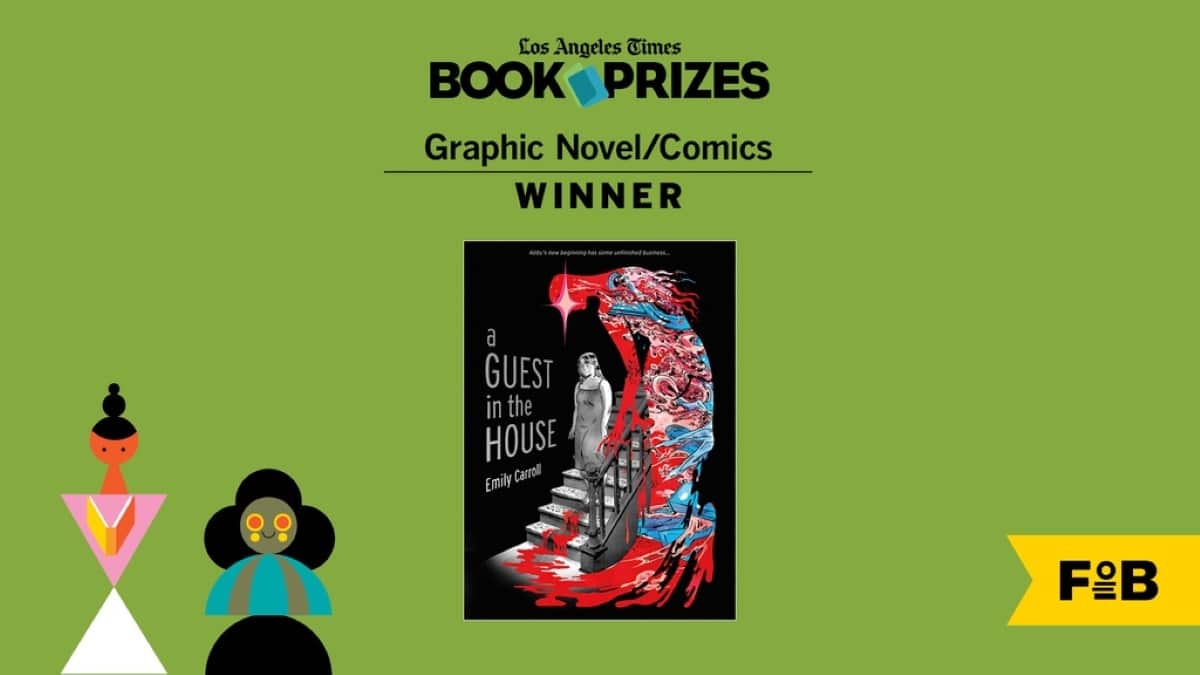
Seattle-based indie comics publisher Fantagraphics Books and animation developer Lincoln Butterfield have agreed to collaborate on the publication of a graphic novel based on RIP, M.D., an animated cartoon series in development by Lincoln Butterfield. The first volume of the graphic novel series is slated to be released in 2010. RIP, MD is the story of a little boy who discovers that monsters are real and sometimes are hurt or need help and he becomes an MD—or Monster Doctor. Lincoln Butterfield is a newly launched independent animation house, founded by animators Robert Hughes and Joseph Walker. Fantagraphics Books is the publisher of such distinguished comics artists as Gilbert and Jaime Hernandez, Dan Clowes and Joe Sacco. But while Fantagraphics has been instrumental in the growth of independent comics publishing, the house is not known for publishing kids-oriented material.
You can check out the Lincoln Butterfield website here.
§ In today’s dog-bites-man story, a comic book character may die in an upcoming issue. Been there, done that. When is Ramesh Ponnuru going to get around to analyzing comics’ “culture of death”?
§ In a more touching and final exit, Marvel is ending CAPTAIN BRITAIN AND MI-13 with issue #15. Writer Paul Cornell has the news and the thank yous.
As you may have noticed, there’s no solicitation today for #16 of Captain Britain and MI-13. That, unfortunately, is because #15 is the last issue. A lot of books end without a word from their creative teams, but, with Marvel’s blessing, I didn’t want that to be the case this time. There are, I think, a few things worth saying at this point.
§ PW reports that POD and short run titles now outnumber traditional books:
U.S. book production rose and fell in 2008, according to preliminary statistics released this morning by Bowker. The number of new and revised titles produced by traditional production methods fell 3% in 2008, to 275,232, but the number of on-demand and short run titles soared 132%, to 285,394. The on-demand and short run segment is the method typically used by self-publishers as well as online publishers. With the decline in the number of traditional books released last year and the jump in on-demand, the number of on-demand titles topped those of traditional books for the first time. Taken together, total output rose 38%, to 560,626 titles.
What does this mean? We have no idea.




“…the house is not known for publishing kids-oriented material.”
Our Gang
Peanuts
Pogo
Dennis the Menace
Usagi Yojimbo
(and that’s just from 2009.)
Print On Demand means that many out-of-print books are being brought back into print. Also, many authors are using POD technology to publish books which might not be economically feasible under a mass market strategy. (Mort Walker has five POD titles, including “Backstage at the Strips.) I see over 200 comics and graphic novels available via Lightning Source. The consumer doesn’t notice the difference (except for an amateur book design), although the book is more expensive. (BatS = $26.95 TP)
I see publishers offering a POD hardcover to supplement a mass market trade paperback. The market? Libraries who already purchase rebound paperbacks (Econoclad, BWI, Sagebrush…) and collectors who prefer a more permanent edition. If the printing is digital, I wonder how difficult it would be to number each book, creating a limited edition?
Publishers could also offer POD trade paperbacks for marginal titles which may not have enough demand to satisfy a general printing.
Also, as I’ve said before, POD allows consumers to create “Frankenstein” volumes. For example, one could enter MarvelPOD.com, search the database, and select every story which features The White Rabbit, as well as ancillary material (sketches, Marvel Age features, Handbook entries). Cover image, format, size, price, color or black-and-white art, paper quality… all could be determined by the user. Fans could even post their collections for others to read digitally and/or print, with a small royalty being paid to the “editor”. Creators could do something similar, printing off five or ten copies and selling them as limited editions at conventions.
Bowker’s press release, issued via Teague Communications, has interesting information on new titles by category.
SRS
It’s a shame about Captain Britain. One of Marvel’s best under-the-radar titles.
Hopefully, this frees up Cornell to work on a flagship title.
Mark, I fixed this for you. ;)
“Hopefully, this frees up Cornell to work on Wolverine.”
“When is Ramesh Ponnuru going to get around to analyzing comics’ ‘culture of death’?”
That’d be more Jonah Goldberg’s thing — though it’d surely devolve into a STAR TREK piece by the twelfth paragraph in…
Thanks for the sharing. It is reallly interesting!